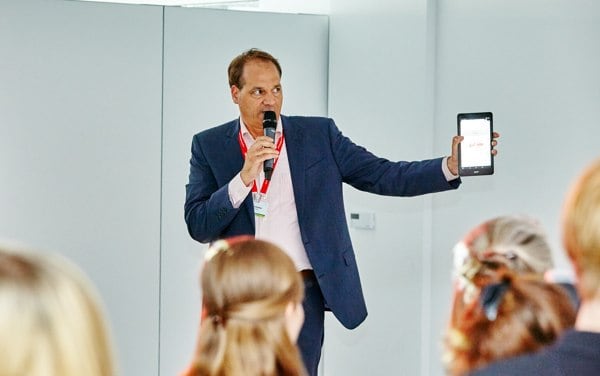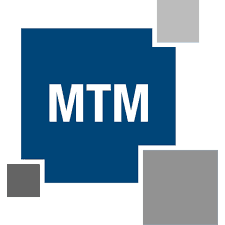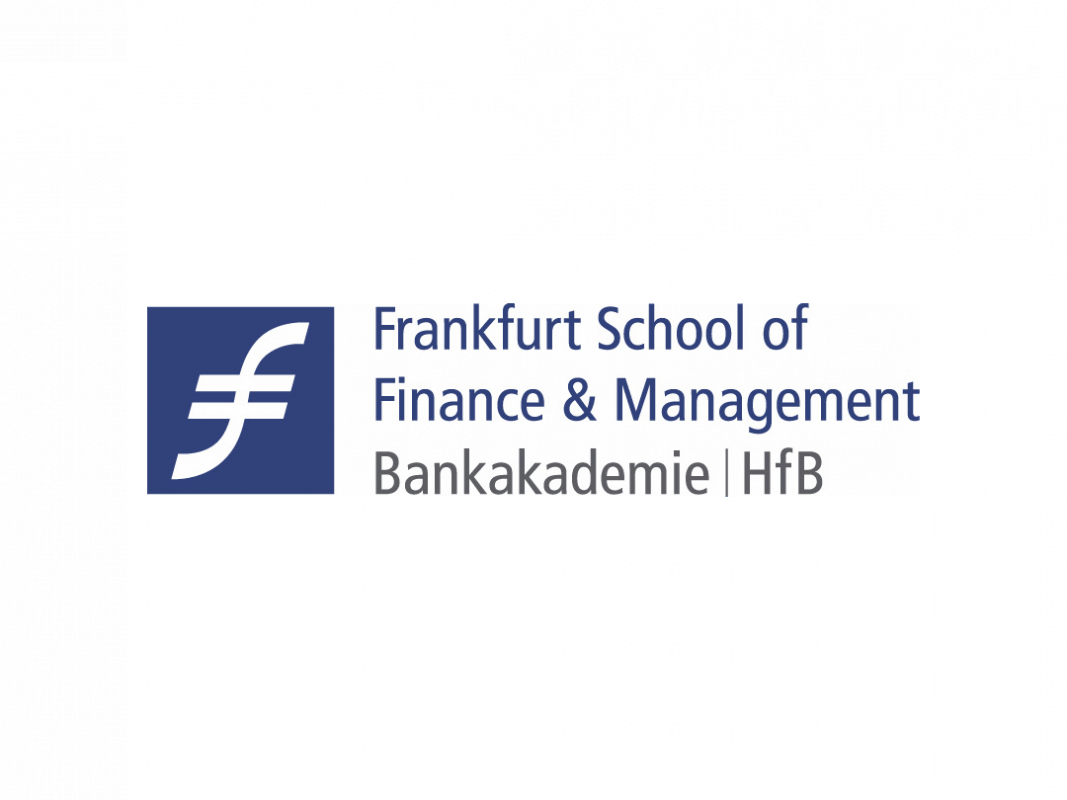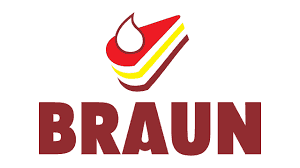Interactions Menu
14 surprisingly effective interactions
- and 3 small warnings!
When selecting and discussing the "right" interactions, it helps to know what works.
And what doesn't (you'll find that at the bottom of this page!).
IMPORTANT: All interactions can be done by the facilitator alone, you don't have to get a speaker "on board" (although this is usually welcome) and are still highly interactive.

1. For the event kick-off (or even beforehand)
Expectation enquiry (with a trick)
At the beginning of seminars, "expectation queries" have been established for decades.
With VOXR you can now do these with 40, 100 or 1000 people!
Here is an important tip: You can ask questions with the VOXR SMARTCloud:
- "What topic did you come here with?
However, this sometimes leads to everyday terms such as "demographics", "digitisation", etc.
Our recommendation: Use VOXR CloudQ&A and make it smarter: Do not ask for topics, but let the audience ask questions:
- "Which No. 1 question should we have answered at the end of the event?"
Experience has shown that this leads to more "authenticity" and thus emotion. (If you don't know CloudQ&A yet: the QUESTIONS won't be displayed, only the TOPICS contained therein.
Find out more here: voxr.org/cloud
2. For speaker introductions (Brainopener)
An often underestimated technique in event interaction is asking questions BEFORE a content input (presentation, interview, etc.). However this is probably one of the most effective and exciting uses of interaction ever. Here are some ideas:
Estimation questions
The classic of interaction BEFORE a lecture:
- "How how do you estimate the federal social expenditures to be?"
Options: 3 billion? 542 billion? 918 billion.
Perfect, if this is then (quite a lot) later answered by the speaker - here you have created suspense.
The only important thing here is that you have to give options, i.e. vote with given answers. An estimation question with the SMARTCloud does not lead to a picture of what the audience thinks, but to confusing numbers (because 918 and 917 are different in the WordCloud, although a person would of course say: close enough!).
Belonging-Questions (Group)
Very intriguing before a lecture:
- "Which group do you feel you belong to?"
Options: Babyboomer, Gen X, Gen Y, Gen Z (as voting) - "Which Country are you from?" (SMARTCloud, only for MANY countries)
These kinds of questions tell the audience something about themselves as a group and are therefore very exciting. They also allow the speaker to respond directly to the community image.
Belonging-Questions (Range)
Sometimes however it makes sense to not ask for a defined answer but to give ranged options:
- "When did you first buy a smartphone?"
Options: 2016-2019, 2011-2015, 2007-2011, before 2007 (Voting)
Here the viewer learns: Was I early in comparison with this community? Or late? The speaker may later provide the Germany statistis and they get a picute of community vs. Germany.
Self-assessment ("hand on heart", anonymous!)
Self-assessment questions go one step further than belonging questions and are also perfect BEFORE a presentation:
- "Hand on your heart: How do you rate yourself when it comes to sports?"
Options: Leading, in midfield, rather in the back (Voting)
The attention for the upcoming talk on physical health will automatically be higher.
Important: In the facilitation repeat that VOXR is 100% anonymous.
The "tailored" presentation
With VOXR Cloud Q&A you can choose a special type of interaction that works very well with CEO's or experienced, well-known speakers: "Now comes "Celebrity xyz". Before he shows you anything, say: "What would your number one question for him be?"
Since the questions in the cloud are not shown, but only the most common topics, this gives the speaker a perfect view of the interests in the room - and he can react perfectly and be truly interactive with the audience.
By the way: the widespread concern of having to "deliver" is unfounded: You are only interested in the audience, you have not promised to answer everything. Audience and speakers therefore love this variant.
3. During/after presentations / Actions
Q&A / Questions from the audience
There are two ways to let viewers ask questions digitally:
1) Questions during the presentation: "You can also ask questions during...". This is also possible with VOXR. But this way is sometimes difficult to "facilitate".i.e. which questions do you choose? Why these? Why not the others? In addition, you realistically only get 10 or 20 questions of which you can only "show" 5: A large part remains uninvolved.
2) However the VOXR CloudQ&A Method includes everyone: It is recommended if you want more real interaction (to really know what's happening in the audience) or if you want to show the audience that all inputs have really arrived - but without showing the questions.
In our experience, with VOXR Cloud Q&A you get about 10-100 times more quesiotn (depending on audience size) than with questions during the presentation as stated in point 1). This also leads to better quality, because in a concentrated input action you can also hear the quiet voices. (Experience shows that loud voices are more likely to enter something during a presentation than quiet ones, a problem known from questions with the microphone).
Competitions and awards
Classical applications for voting AFTER presentations are of course competitions:
- "Which project proposal did you like best?" Options: A, B, C, D, E
Such competitions can be made with simple voting.
However now you can do this in a hollywood-like fashion with VOXR Awards.
Ratings/Rankings (Careful)
Ratings are often thought of as a way to be interactive. However, they only make sense if you make a comparison, e.g. assign rating to different project ideas.
Experience shows, however, that ratings usually fall behind other forms of interaction.
Exception: You make the ranking / rating before and after the presentation to make a "learning" visible. Depending on the context, this can also be "forced": "Hopefully you have learned something, haven't you?
Content questions are a good alternative:
- "What did you find most remarkable about this team/lecture? (SMARTCloud, the word "nothing" is blocked by the way!)
Opinion questions (Careful)
Opinion polls (good/bad/medium) are of course known to everyone from surveys.
In an event you sometimes have the problem: What do you do with the result on stage? (The product presentation or the team feeling is voted as "bad" - and now?)
Often, therefore, questions that go further in terms of content are more effective:
- 1. "What did you just like about the project presentation?"
- 2. "What didn't you like?"
(both SMARTCloud)
Panal discussion
There are two ways to let viewers ask questions during a panel discussion:
1) Questions during the presentation: "You can also ask questions during...". This is also possible with VOXR. But this way is sometimes difficult to "facilitate". i.e. to select and introduce. In addition, you realistically only get 10 or 20 questions of which you can only "show" 5.
2) The VOXR CloudQ&A Method: This is the innovative method of VOXR founder Tim Schlüter, which makes panel discussions much easier and much more interesting for the audience: At the beginning, all questions in the room are "fetched" in 1 minute, automatically clustered into topics, the (filtered) topics are shown to the audience (the questions are not) and now you pick out one question topic by topic.
Our experience shows that the second variant regularly brings 10 times more questions than the first one. This also leads to better quality, because in a concentrated input action you can also hear the quiet voices.
4. Specials
Workshops / Sessions
Workshops / Break-Outs / Sessions often have two interests:
1. You want to use VOXR in the sessions themselves. That works. Technically implemented with independent VOXRs, one independent VOXR per room (these VOXRs don't cost the same as the main VOXR, of course).
2. One wants a summary of the workshops later in the plenum. For this the unique VOXR Groups is the solution: With only one VOXR you "fetch" a summary in different workshops at the same time:
- "What was your most important lesson from this workshop?" (SMARTCloud)
In the Plenum the entried can be shown separately or summarized to together.
Variant 2 is often the simpler and more effective option for shorter workshops (up to 1hour).
Blue Ocean Strategy
The four key questions of the Blue Ocean Strategy have now become a popular (and, if well guided, very effective) exercise for workshops.
You can do this exercise with VOXR in two ways, each after the brainstorm phases:
a) a) You say while everyone is still in small groups: "Ok, what did you take out of the session?" In VOXR, you have previously set up the four sections with VOXR Groups: "Reduce/Eliminate/raise/invent". In the plenum you can then discuss word clouds that have arisen per blue ocean tactic.
b) b) If you additionally want to know absolutely, unconditionally, whether there were differences in the groups, set the four blue ocean topic queries sequentially as individual VOXR actions one after the other - and set your workshop groups as groups for each individual action.
Because of the lower complexity, we recommend variant a). One reason to use variant b) would be to give separate feedback to individual workshop leaders for review (as wordclouds).
"Feedback-sheet"
The classic feedback form is often a nuisance: Few fill it out, the evaluation takes time and the result? Often does not lead to changes at all, but stands "for itself".
Our recommendation is VOXR SMARTFeedback: Get real, useful and feasible feedback with only two open questions (plus a qualitative rating question if necessary):
- "What did you really like today from an organisational point of view?" (SMARTCloud)
- "If we repeat the event, what would you personally change?" (SMARTCloud)
- if applicable: "How would you rate the event on a scale of 1-10?" (Voting)
The feedback sheet is finished- and evaluated by VOXR automatically, with all individual voices ready to download.
5. ATTENTION: enjoy with caution!
"Warm up"
Approximately 80% of our customers come up with this idea in the personal consulting of VOXR. A warm up question like
- "How did you get here? Bus/train/car/foot"
- "What did you have for breakfast this morning?"
- "How are you feeling right now?"
In contrast to other event consultants, we strongly advise against this.
Why?
Well, it's understandable that in the first step you think of asking Warm-Up. After all, you want to "play it safe": "What if something goes wrong?"
This is emotionally very understandable, but the truth is:
- A test really doesn't have the "perceived protective function" you want.
- Because something can "go wrong" at any time (not just during the test): an operator is asleep, a technician is asleep, the Internet is crashing worldwide.
This means: Testing with an audience doesn't help a bit more than testing without an audience (which we recommend).
BUT: Testing with an audience has two more drawbacks:
1. The test itself makes the success of the interaction not more probable, but less probable (!).
The reason is: If you do a "test", you tell me as a participant in the audience that it needs a test. But it only needs a test if you are not sure. Your insecurity is transferred to the audience. The result: You don't get more participation - you get less.
2. A test with questions like the one above sets a tone for the interaction. And the tone is then: "It's just fun". Or "Who's the funniest one?". But at least: "We have a new gimmick here" - and don't take you seriously.
Experience shows that this thwarts everything you (and we) actually want with VOXR: Namely to listen seriously to the audience.
For all these reasons (doesn't bring anything, but has serious disadvantages) we advise against it.
Ok, but what do we do now for your safety ...? We do the same thing as with a microphone, with the light and with everything else: You're not testing in the event. But before the event. Nobody would come up with the idea to say in the event: "So and now we'll test the full stage light ... watch out!" - although also light ( like everything in life) has risks. But you test beforehand and start "for real" in the event.
By the way, for example with the above mentioned introductory action: "What question did you come here today with?" That's what VOXR users around the world do day after day - and the public is delighted that it's being taken seriously. Right from the start
"Maschine gun"
VOXR is fun. You noticed that during testing.
Moreover, VOXR is practically free (well, you pay once, but every further action is free). In addition, many VOXR users know typical Internet questionnaires such as Survey-Money, etc..
These three factors quickly lead to you doing as MANY actions as possible.
Here we recommend to take a step back and to come back to the goal of the VOXR application:
Do you want the audience to "tip around" as much as possible? Would you like to receive as many "colourful graphics" as possible? Or do you want VOXR to help you fulfil your event purpose (information, bonding, change, whatever) better and more sustainably?
If the latter is the case, we highly recommend it: Less, but more intensive.
This means: Instead of quickly firing away three voting questions, it is very, very often the case that a cloud question that you really respond to, inquire about, possibly catch up with a microphone voice, etc. is much better.
What also works is: A vote question (yes/no, left/right, straight), which you then follow up with a GROUPs cloud question: "Now enter the reason why you voted, how you voted. You first define the segments (groups) as well as the voting answers.
Now the audience have only "tipped around" twice but an intensive discussion on stage.
Our recommendation: ONE action between each event point is already very good. If one or the other speaker then asks ONE question for each topic section, it is already extremely interactive.
As soon as there is more, we recommend to ask critically: Can we still discuss meaningfully the points at all?
Our recommendation is not "less is more". But: "Less, better and more intensive".
And to the thesis that actions are "free": The ROI is not "cost/number of questions", but "cost/public change (or enthusiasm)".
"Votings instead of WordClouds"
Wait a minute?!
Isn't VOXR a voting tool? Why are Votings dangerous?
Absolutely. And many Votings are outstanding. (See above).
But we also often get plans with votings that:
- contain many selection points,
- may also be long in formulation
- make me as the audience ask myself: Yes, and where is MY point?
Our recommendation is: Have a look at the voting possibilities above. These are by far the most effective. If a voting does not fall under the point above, you have either just invented something ingenious (and that can be quite possible, we see it again and again and then record it here!) or you have something that may not work optimally.
TIP: Go to the next room with the question, programmed in the VOXR and ask a non-involved person to vote. Look at their face. Don't say anything. Wait for what he asks. Why does he ask that? What does that mean for your planned voting? If the person types something immediately and with a smile, you are on a perfect path.
(Of course it can also be that the person frowned because he does not know much on the subject, this happens. You will know how to tell the difference and how to incorporate it into your assessment.)
Very often the solution is
a) a WordCloud (it gives more freedom and therefore a clearer picture of what's REALLY going on, not just what's going on in the predetermined things)
b) a Free-Voting: Just DO NOT specify any things. But still choose a voting. Now the VOXR automatically creates the topics that come. You can merge them - like in the WordCloud ect.
And how exactly does that work? And what is good for your event?
Try it out for yourself with VOXR
or ask for advice.
That's what VOXR customers say:

The response was outstanding.
In the control panel I looked at the raw data and selected the most important questions with a star. Our moderator / boss got the iPad from me with the moderation view when he went on stage after the presentation. He could then (almost) ask all the questions to the speakers. The response was outstanding.

... so it was obviously a big success!
I asked myself beforehand whether VOXR was really that simple. But the VOXR team was able to clear up all my worries step by step, and after the test run my insecurity was completely removed. Today I know: VOXR is not only simple, but the operation in the event is even fun. The audience was also enthusiastic: VOXR has shaken people awake, attracted attention and the audience simply felt serious and noticed. Suddenly the event was more lively. In addition, there was also a new valuable topic of conversation that we would not have had without VOXR. In the end, enthusiastic colleagues of ours wanted to know how to get the tool, so it was obviously a great success!

The cloud displays are particularly well received
The cloud displays, in which multiple answers are represented by a larger font size, are particularly well received. The software is easy to trade and the VOXR team offers fast support if you have any questions. We will certainly continue to use VOXR at one or two events in the future.

Out of 100 participants 60 questions!
To be honest, we weren't sure if our participants would accept VOXR - but the event convinced us as well as the audience completely. In the question and answer session alone, we received 60 questions from 100 participants this time, which was great, where otherwise many questions rarely come. The co-moderation function, i.e. selecting individual questions, is extremely helpful and just as easy as the entire use of VOXR.

Thanks for the great tool!
We have used VOXR in different ways for our continuing education event. On the one hand, we asked questions about expectations, which were then reflected in the cloud typical of VOXR. On the other hand, we also used VOXR for moderated commenting on lectures. The audience accepted the tool very easily and gladly, and even missed it when we didn't use it once. Our speakers found VOXR an enrichment, as they were able to respond directly to the comments of the participants. We were impressed by the simplicity for the audience as well as by the closeness that resulted from the use of this feedback technique between the podium and the guests. - Thanks for the great tool!

